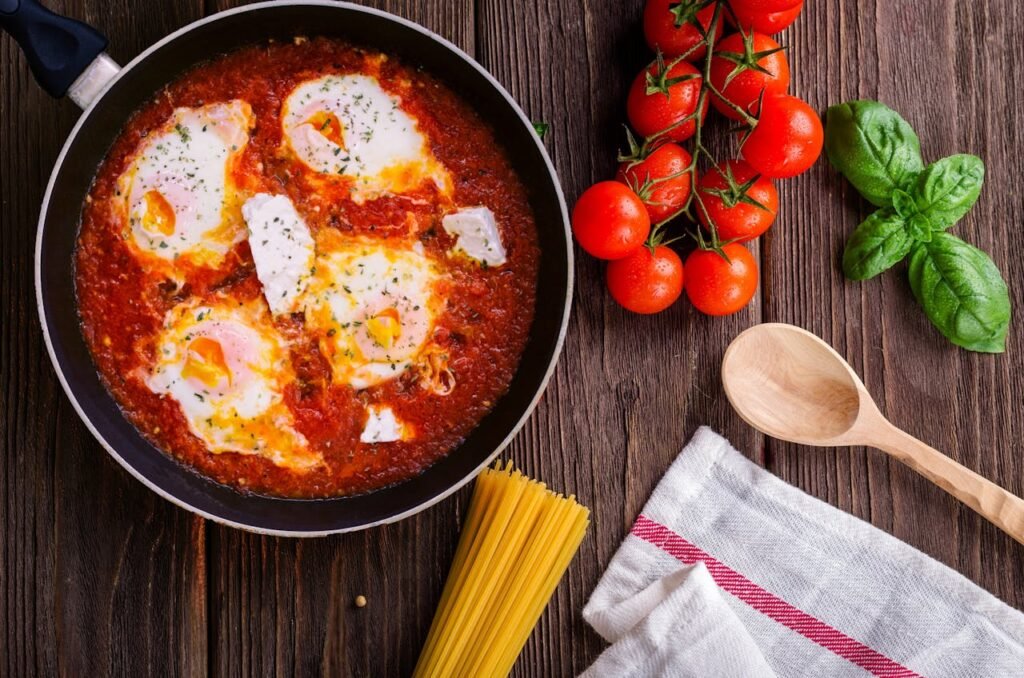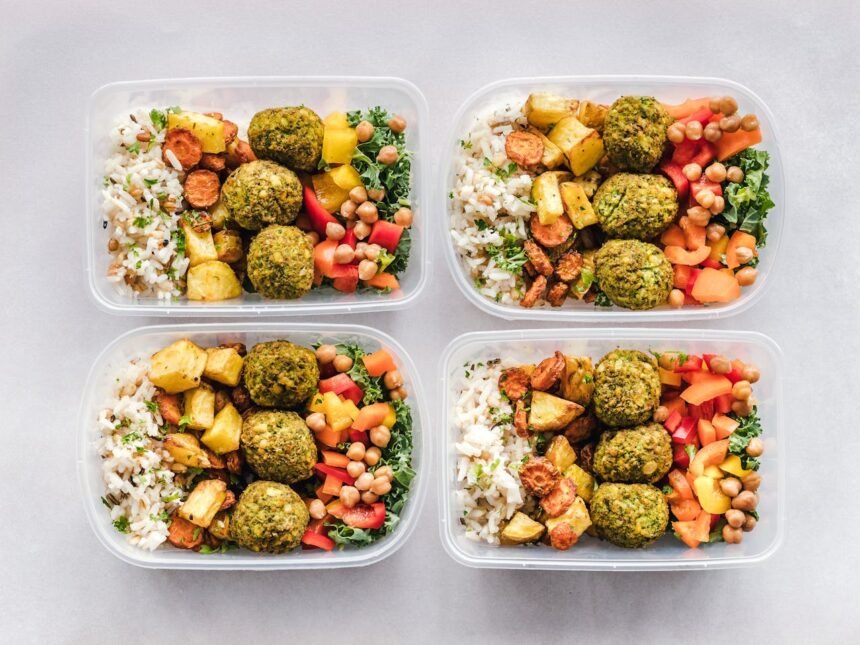Recovering from a tough workout requires the right fuel to repair muscles and replenish energy. Smoothies packed with nutrients offer a quick, tasty way to support this process. They blend proteins, carbs, and vitamins into an easy-to-digest form, helping you bounce back faster. In this guide, we’ll explore why these drinks are ideal, share simple recipes, and provide tips for maximising benefits. Whether you’re into gym sessions or outdoor runs, these ideas can enhance your routine. Let’s dive into how post-workout smoothies can transform your recovery game.
Why Smoothies Are Perfect for Post-Workout Recovery
After exercising, your body needs swift replenishment to mend tissues and restore glycogen. Smoothies for muscle repair deliver proteins like whey or plant-based options, aiding in fixing micro-tears. Carbs from fruits restore energy stores, while antioxidants combat inflammation. Hydration is key too, as these blends often include liquids like almond milk. Studies show consuming such mixes within 30 minutes post-exercise boosts recovery. They’re convenient for busy lifestyles, customisable to dietary needs, and far healthier than processed snacks. Incorporate recovery drink recipes to feel energised and reduce soreness effectively.
Essential Nutrients in Recovery Smoothies
Focus on protein-rich smoothies with at least 20g per serving for muscle synthesis. Sources include Greek yoghurt or pea protein. Add complex carbs via bananas or oats for sustained energy. Don’t forget electrolytes like potassium from spinach to prevent cramps. Anti-inflammatory ingredients such as turmeric or berries fight oxidative stress. Vitamins C and E from citrus or nuts support immune function. Hydrating bases like coconut water enhance absorption. Tailor to your workout intensity – high-impact sessions demand more calories. These elements make nutrient-dense blends a powerhouse for quicker healing and better performance.
Top Ingredients for Nutrient-Packed Smoothies
Stock up on banana protein shakes for natural sweetness and potassium. Berries like blueberries provide antioxidants to reduce muscle fatigue. Spinach or kale adds iron and fibre without overpowering flavours. Greek yoghurt boosts creaminess and probiotics for gut health. Nuts and seeds, such as chia or almonds, offer healthy fats and omega-3s. For sweetness, use honey or dates instead of sugar. Protein powders, whether whey or vegan, ensure adequate intake. Experiment with green recovery smoothies using cucumber for extra hydration. These staples create versatile, healthy post-gym drinks that taste great and fuel recovery.
Recipe 1: Berry Blast Recovery Smoothie
This berry protein smoothie is a favourite for its vibrant taste and recovery perks. Blend 200g mixed berries, one banana, 150g Greek yoghurt, a scoop of vanilla protein powder, and 200ml almond milk. Add a handful of spinach for hidden greens. Process until smooth, about 30 seconds. It delivers around 25g protein and antioxidants to soothe sore muscles. Ideal after cardio, it replenishes glycogen quickly. Customise with chia seeds for omega boost. Sip immediately for best results. This antioxidant-rich drink supports inflammation reduction and energy restoration, making it a go-to for fitness enthusiasts.
Recipe 2: Green Powerhouse Smoothie
For a veggie-packed recovery shake, try this nutrient bomb. Combine one avocado, a handful of kale, one green apple, a scoop of pea protein, and 250ml coconut water. Toss in ginger for anti-inflammatory kick. Blend smoothly. It offers healthy fats, fibre, and electrolytes to rehydrate. Perfect post-strength training, it aids muscle repair with plant-based protein. Add lemon juice for vitamin C zing. This detoxifying post-exercise beverage helps flush toxins and promotes faster healing. Enjoy chilled for a refreshing boost that keeps you going strong.
Recipe 3: Tropical Protein Paradise
Escape to flavour town with this tropical recovery smoothie. Mix pineapple chunks, mango, a banana, coconut yoghurt, and whey protein in 200ml orange juice. Blend with ice for creaminess. Packed with vitamin C and bromelain from pineapple, it reduces swelling. The fruits provide quick carbs for energy refill. Great after yoga or HIIT, it supports joint health too. Sprinkle flaxseeds for added fibre. This exotic muscle recovery drink is both delicious and functional, helping you recover while feeling like you’re on holiday.

Recipe 4: Chocolate Peanut Butter Delight
Indulge guilt-free in this chocolate recovery shake. Blend two tablespoons peanut butter, one banana, a scoop chocolate protein powder, 200ml oat milk, and a dash of cocoa. Add oats for sustained release. It delivers protein and healthy fats to curb hunger. Ideal for weightlifting recovery, it mimics a treat while repairing muscles. The magnesium in cocoa aids relaxation. This peanut butter protein blend satisfies cravings and boosts endorphins, making post-workout routines more enjoyable.
(Word count for this section: 100)
Recipe 5: Citrus Ginger Zinger
Wake up your senses with this citrus recovery beverage. Juice two oranges, add grated ginger, a handful spinach, Greek yoghurt, and honey. Blend with turmeric for golden hue. It fights inflammation and boosts immunity. Carbs from oranges replenish energy, while ginger eases nausea. Suited for endurance sports, it hydrates effectively. This immune-boosting smoothie enhances overall wellness, ensuring you’re ready for the next session.
(Word count for this section: 100)
Recipe 6: Oatmeal Berry Boost
Combine oats, berries, almond butter, and soy milk in this oat-based recovery drink. Blend with cinnamon for warmth. It provides slow-digesting carbs and protein for prolonged energy. Antioxidants from berries protect cells. Perfect after long runs, it stabilises blood sugar. This fibre-rich post-training shake keeps you full and focused.
(Word count for this section: 100)
Recipe 7: Almond Cherry Reviver
This cherry almond smoothie features pitted cherries, almonds, vanilla yoghurt, and rice protein. Blend with water. Cherries’ melatonin aids sleep, crucial for recovery. Almonds offer vitamin E. Great for evening workouts, it promotes restful nights. This sleep-enhancing recovery mix supports hormone balance.
(Word count for this section: 100)
Recipe 8: Beetroot Energy Elixir
Blend cooked beetroot, apple, carrot, and hemp protein in beetroot recovery juice. Add mint for freshness. Beets improve blood flow, enhancing oxygen delivery. Ideal for cyclists, it boosts stamina. This endurance-boosting blend revitalises without caffeine.
(Word count for this section: 100)
Recipe 9: Pumpkin Spice Recovery
Mix pumpkin puree, banana, spices, and casein protein in milk for this autumnal recovery drink. It offers beta-carotene for skin health. Spices like nutmeg aid digestion. Suited for cooler weather workouts, it warms and nourishes. This seasonal muscle soother adds variety.
(Word count for this section: 100)
Recipe 10: Matcha Green Tea Refresher
Infuse matcha powder with banana, spinach, and collagen peptides in this matcha recovery tonic. Blend with green tea. Antioxidants from matcha combat fatigue. Collagen supports joints. Perfect for pilates, it energises gently. This caffeine-light post-yoga drink maintains focus.
(Word count for this section: 100)
Tips for Making the Best Recovery Smoothies
Prep ingredients in advance for quick assembly. Use frozen fruits to skip ice and preserve nutrients. Invest in a high-speed blender for silky textures. Adjust portions based on body size and activity level. Store leftovers in airtight jars for up to 24 hours. Pair with whole foods if needed. Track how different customised recovery blends affect your energy. Consult a nutritionist for personalised advice. These habits ensure your optimised post-fitness drinks deliver maximum benefits.
(Word count for this section: 100)
Common Mistakes to Avoid
Don’t overload on sugar; opt for natural sweeteners. Avoid skipping protein, as it’s vital for repair. Over-blending can destroy nutrients – pulse gently. Ignoring hydration leads to thick, unpalatable mixes. Forgetting variety means missing micronutrients. Using low-quality powders affects taste and efficacy. Always clean your blender to prevent bacteria. These pitfalls can hinder your effective workout recovery strategies.
(Word count for this section: 100)
How Smoothies Aid Long-Term Fitness Goals
Regular nutrient-infused smoothies build resilience against injuries. They support weight management by controlling calories. Consistent intake improves endurance over time. Pair with balanced diets for holistic health. Track progress via apps to refine recipes. This approach fosters sustainable habits, leading to better performance and wellbeing.
(Word count for this section: 100)
FAQ
What is the best time to drink a recovery smoothie?
Within 30-60 minutes post-workout to maximise nutrient uptake.
Can vegans make these smoothies?
Yes, substitute with plant-based proteins and milks like soy or almond.
How many calories should a recovery smoothie have?
Around 300-500, depending on your needs and workout intensity.
Are these smoothies suitable for weight loss?
Absolutely, if you control portions and choose low-calorie ingredients.
Can I add supplements to these recipes?
Yes, like BCAAs or creatine, but consult a professional first.
Do smoothies replace meals?
They can, but pair with solids for complete nutrition.
How do I make smoothies thicker?
Add more yoghurt, oats, or frozen elements.
Are there low-carb options?
Use berries, greens, and avoid high-sugar fruits.
Can kids drink these?
Yes, adjust for milder flavours and smaller portions.
How long do they stay fresh?
Up to 48 hours refrigerated, but best consumed fresh.
For more insights, check these resources: FitnessHub, NutritionWorld, HealthBeat, WellnessDaily, GymLife, TropicalEats, ChocolateFit, CitrusHealth, OatPower, CherryWell.






